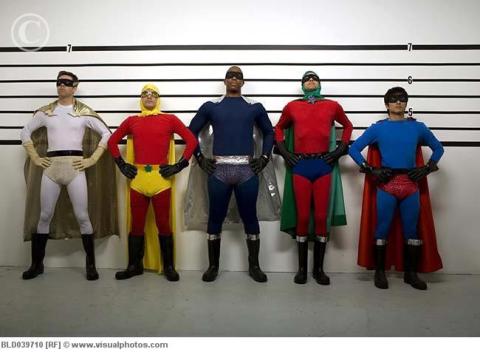The own-race bias in eyewitness identification

The own race bias is the phenomenon whereby individuals are better at recognising and differentiating between faces that are the same race as they are, and much poorer with faces of another race.
The issue of the own-race bias has serious ramifications when it comes to eyewitness identification and when a witness is faced with the situation where they have to identify a culprit from a lineup who is of a different race. The innocent project organisation aims to reform the criminal justice system to prevent injustice has exonerated 315 people through the use of DNA evidence. 71% of cases involved eyewitness misidentification, the majority of which also involved a witness identifying a suspect from another race.
There are a number of theories as to why people are better at recognising a face from their own race. One theory, the contact hypothesis, argues that through the high level of contact that individuals have with own race faces, they become experts at recognising such faces (Brigham & Malpass, 1985; Slone, Brigham & Meissner, 2000). On the other hand, the comparatively lower amount of contact with other-race faces, leads them to be relatively inexpert at differentiating between other race faces (Hugenberg, Miller, & Claypool, 2007). According to the contact hypothesis, the more experience that one has with a different racial group the more accurate they should be at identifying members of that particular group (Brigham, et al., 2007).
In our latest research we wanted to see if the amount of contact children had with children of another race would influence how accurately they could identify a culprit of another race from a lineup (Havard, Memon & Humphries, 2017). In our study, we showed a group of Caucasian and a group of Asian children 2 mock crimes, one with a Caucasian thief and one with an Asian thief. After a delay of 1 or 2 days the children were shown 2 video lineups, one for each thief and asked if they could identify the culprits they had seen before. Each child saw one line-up that contained one of the culprits that had been previously seen (culprit present) and one lineup that didn’t contain the culprit, but someone of a similar appearance (culprit absent). With culprit present line-ups, we were interested in whether the children could correctly identify a person from the line-up and if they were accurate with their own race. Whilst culprit absent line-ups, were used to simulate the situation that the police have arrested the wrong person, and to investigate whether the children would still pick someone, and make a false identification, even though the person they have seen previously is not there. We were also interested in whether children would make more false identifications for the culprit that was of another race. A measure of interracial contact was also taken, where children were asked about their contact and relationships with children of another race.
Our findings revealed an own race bias for the Caucasian children, this resulted in more correct identifications for the own race culprit from culprit present lineups, and more false identifications of the other race culprit for the target absent lineups. The Asian children from both age groups showed no own race bias and performed equally accurately for culprits of both races. The measures of interracial contact revealed that the majority of Caucasian children in our study had very little contact with Asian children, whereas the majority of Asian children had high levels of contact with Caucasian children. The more contact children had with children of a different race, the more likely they were to make a correct response when trying to identify someone of another race.
This article was originally posted on the OU Psychology blog at: https://oupsychology.wordpress.com/2017/10/10/the-own-race-bias-in-eyewitness-identification/ To find out more about this research you can access the full article here or contact catriona.havard@open.ac.uk.
Catriona Havard, The Open University
